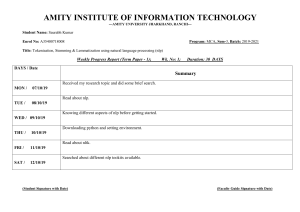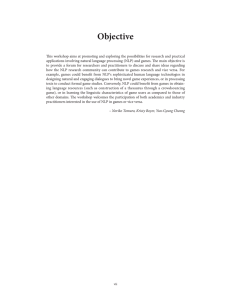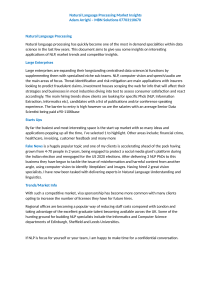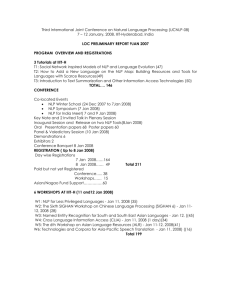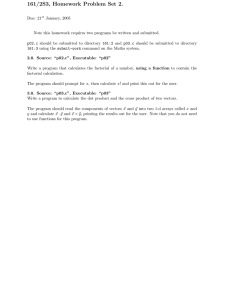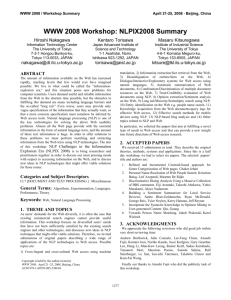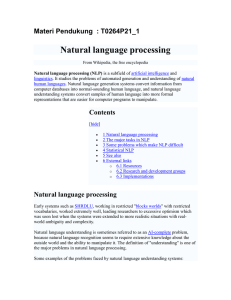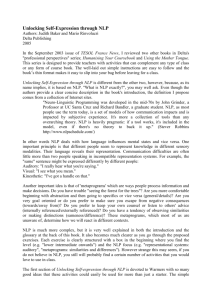Mineral Resources
advertisement
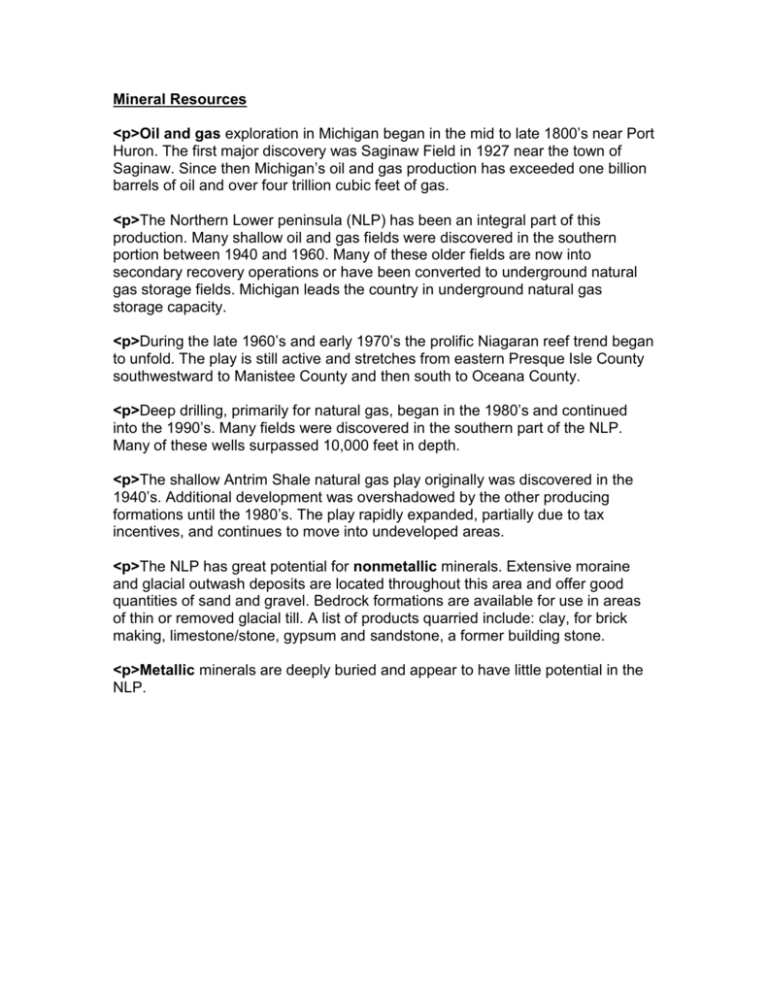
Mineral Resources <p>Oil and gas exploration in Michigan began in the mid to late 1800’s near Port Huron. The first major discovery was Saginaw Field in 1927 near the town of Saginaw. Since then Michigan’s oil and gas production has exceeded one billion barrels of oil and over four trillion cubic feet of gas. <p>The Northern Lower peninsula (NLP) has been an integral part of this production. Many shallow oil and gas fields were discovered in the southern portion between 1940 and 1960. Many of these older fields are now into secondary recovery operations or have been converted to underground natural gas storage fields. Michigan leads the country in underground natural gas storage capacity. <p>During the late 1960’s and early 1970’s the prolific Niagaran reef trend began to unfold. The play is still active and stretches from eastern Presque Isle County southwestward to Manistee County and then south to Oceana County. <p>Deep drilling, primarily for natural gas, began in the 1980’s and continued into the 1990’s. Many fields were discovered in the southern part of the NLP. Many of these wells surpassed 10,000 feet in depth. <p>The shallow Antrim Shale natural gas play originally was discovered in the 1940’s. Additional development was overshadowed by the other producing formations until the 1980’s. The play rapidly expanded, partially due to tax incentives, and continues to move into undeveloped areas. <p>The NLP has great potential for nonmetallic minerals. Extensive moraine and glacial outwash deposits are located throughout this area and offer good quantities of sand and gravel. Bedrock formations are available for use in areas of thin or removed glacial till. A list of products quarried include: clay, for brick making, limestone/stone, gypsum and sandstone, a former building stone. <p>Metallic minerals are deeply buried and appear to have little potential in the NLP.

